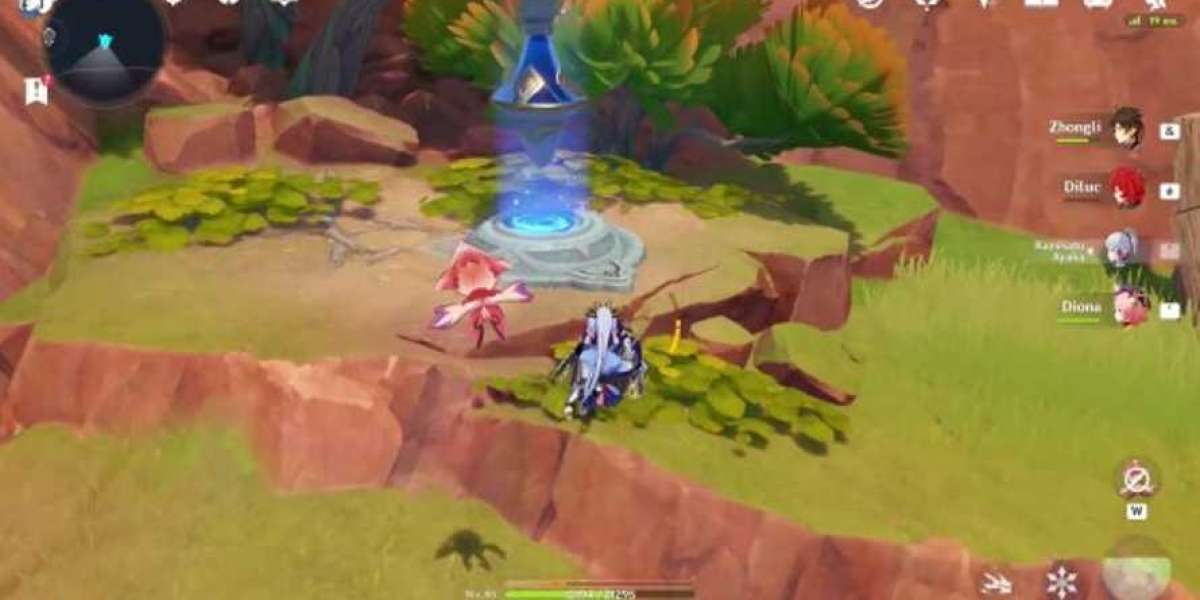Introduction:
The year 1992 marked the beginning of a devastating conflict in the heart of Europe. In April of that year, the city of Sarajevo, the capital of Bosnia and Herzegovina, was gripped by a brutal siege that lasted for almost four years. This event, known as the Siege of Sarajevo, was a defining moment of the Bosnian War and left an indelible mark on the history and memory of the city.
Description:
The Siege of Sarajevo began on April 5, 1992, just days after Bosnia and Herzegovina had declared its independence from the former Yugoslav Federation. Bosnian Serb forces, determined to halt the country's secession and establish their own state, encircled the city with an iron grip. What followed was one of the longest and bloodiest sieges in modern history.
The Serb forces cut off all supply lines and soon began bombarding the city with artillery, tanks, and snipers. The residents of Sarajevo found themselves trapped, with few resources and dwindling hope. Every day became a struggle for survival, as the city endured constant shelling, sniper fire, and the fear of hidden landmines. The streets that were once vibrant and bustling turned into ghostly, war-torn landscapes.
During the siege, daily life in Sarajevo became a battle against hunger, exposure to mortar fire, and relentless psychological pressure. Basic necessities such as water, electricity, and food quickly became scarce. Citizens had to resort to using makeshift methods to collect rainwater or melt snow to meet their most basic needs. The city was plunged into darkness as the electricity grid was destroyed, and the use of open fires for cooking and heating presented immense risks.
The besieged population had to navigate an intricate network of tunnels beneath the city, which became a lifeline for supplies and communication. These underground passages, dug by hand, were the only means of transportation and escape from the constant dangers above ground. The brave acts of the city's inhabitants, who risked their lives to venture out for food or medical supplies, exemplified the resilience and determination of Sarajevo's people.
The international community slowly became aware of the unfolding tragedy and soon established humanitarian aid efforts. However, the blockade endured, and aid convoys were frequently targeted by Serb forces. The world watched in horror as daily reports of civilian casualties, destroyed infrastructure, and unimaginable suffering emerged from the city.
The siege of Sarajevo lasted for 1,425 days, finally coming to an end on February 29, 1996. The toll was devastating; an estimated 11,000 people lost their lives, including over 1,500 children. The scars left by the siege can still be seen on the streets of Sarajevo today, serving as a stark reminder of the horrors endured by its citizens.
Conclusion:
The Siege of Sarajevo in April 1992 was a harrowing event that thrust the city into a prolonged and devastating conflict. The survival of its people against unimaginable odds, their resilience, and the immense loss of life during the siege will forever be etched in the pages of history. The siege of Sarajevo stands as a sobering reminder of the terrible consequences of war and the urgent need for peace.
Reprinted:The Siege of Sarajevo in April 1992








